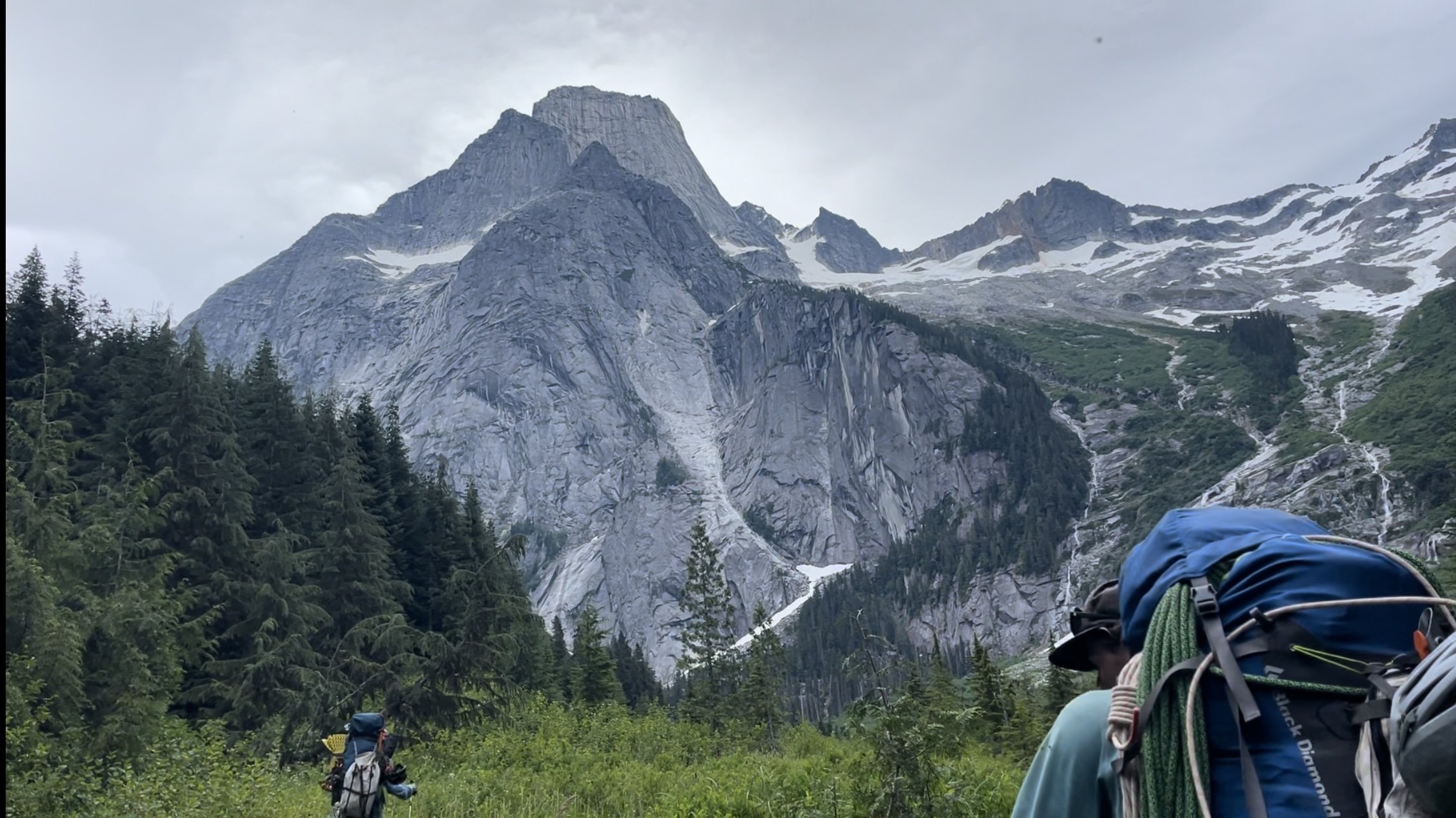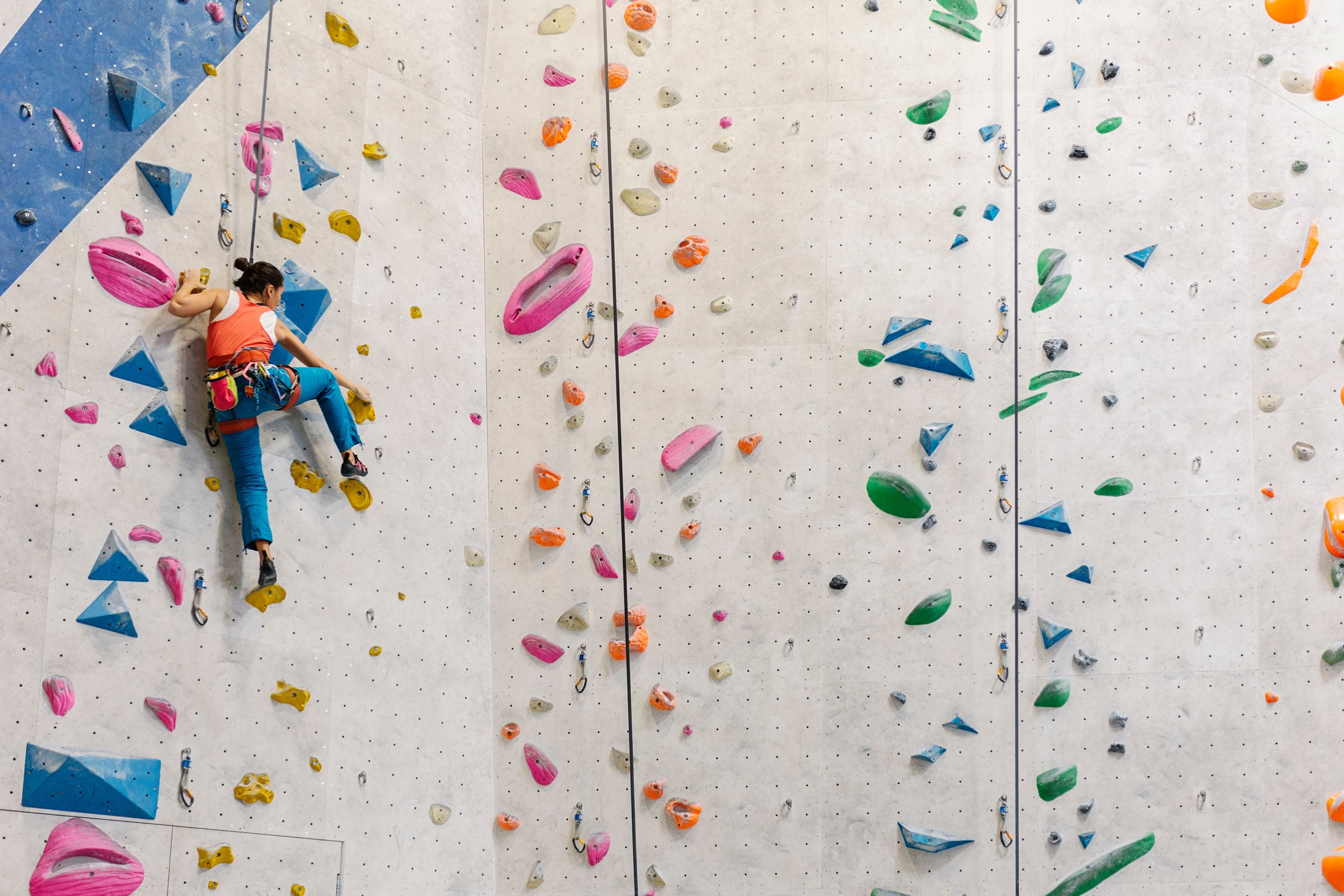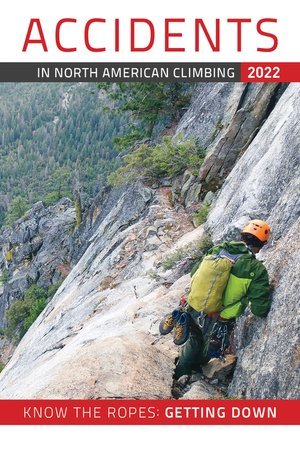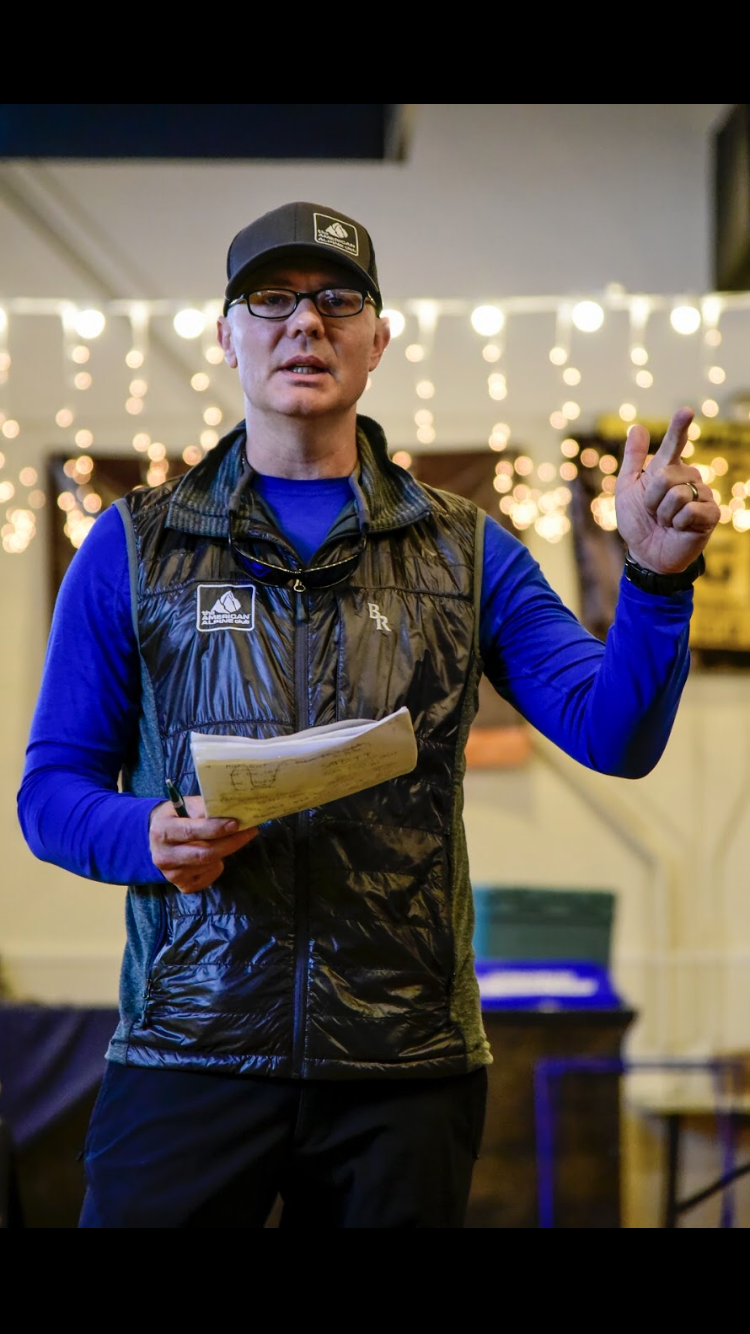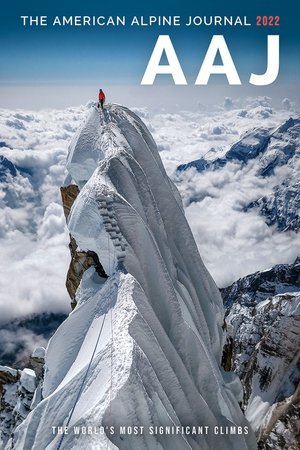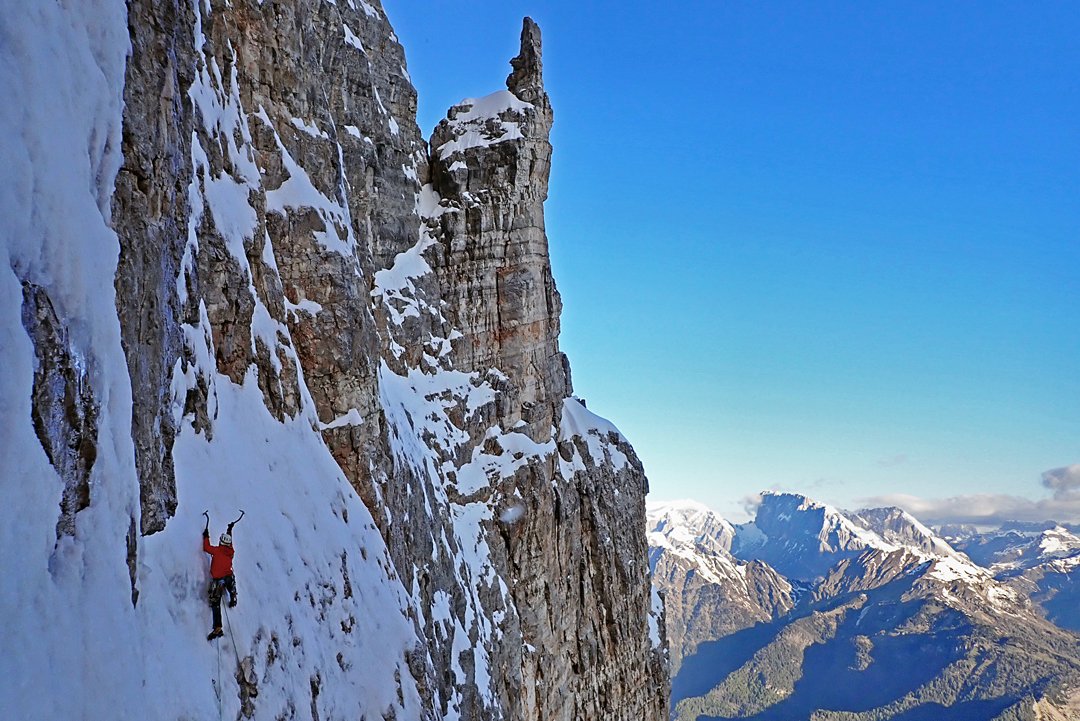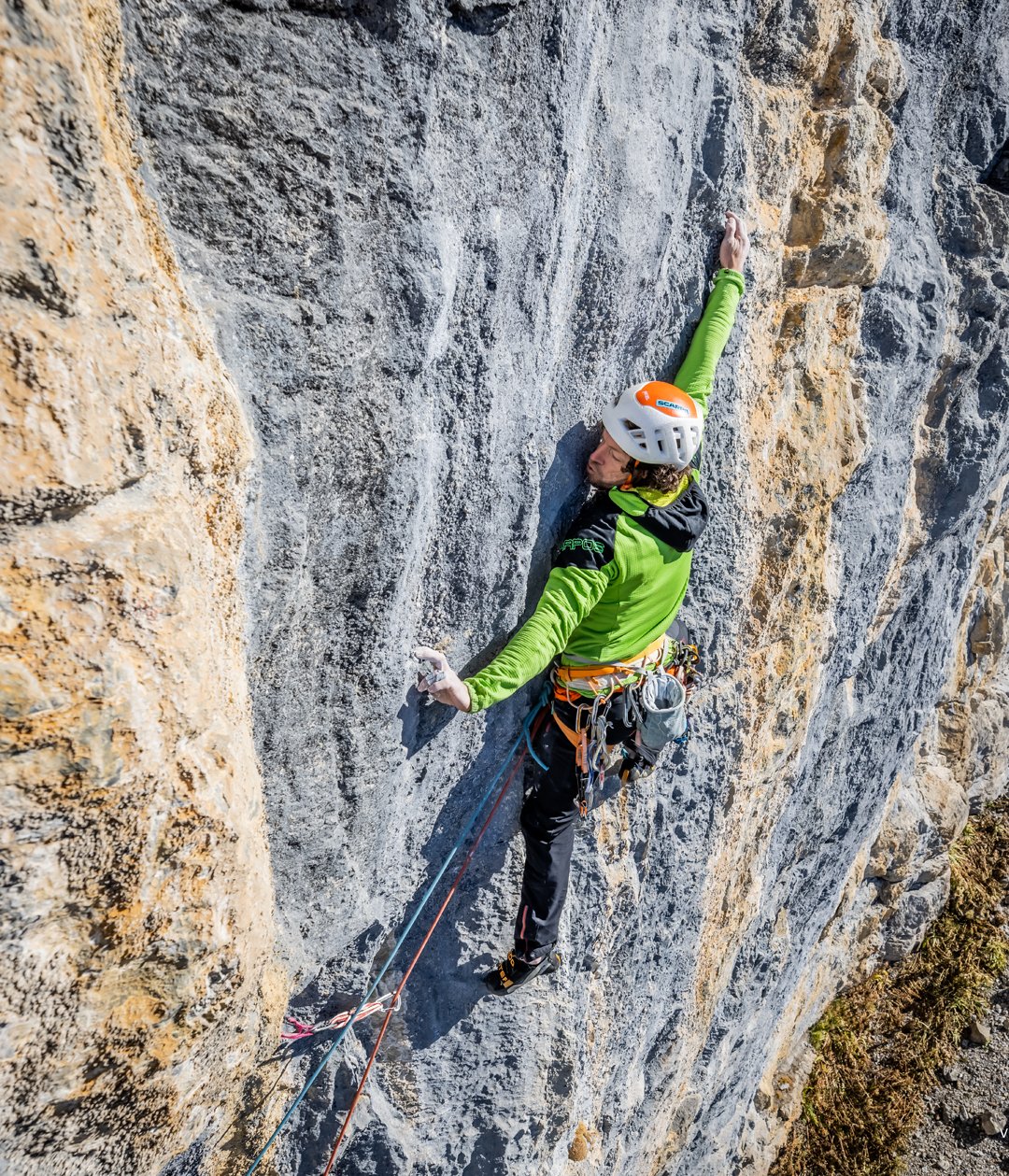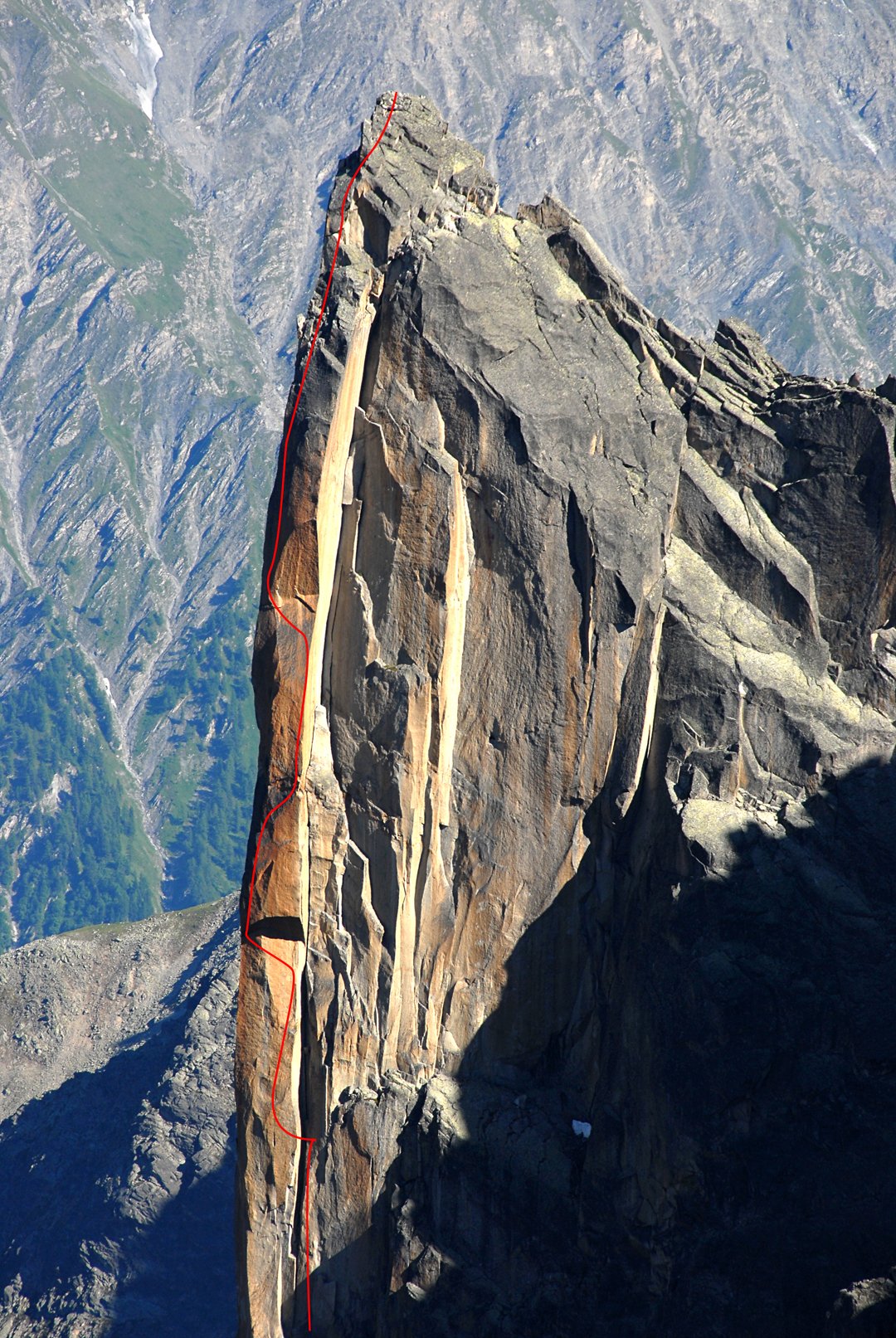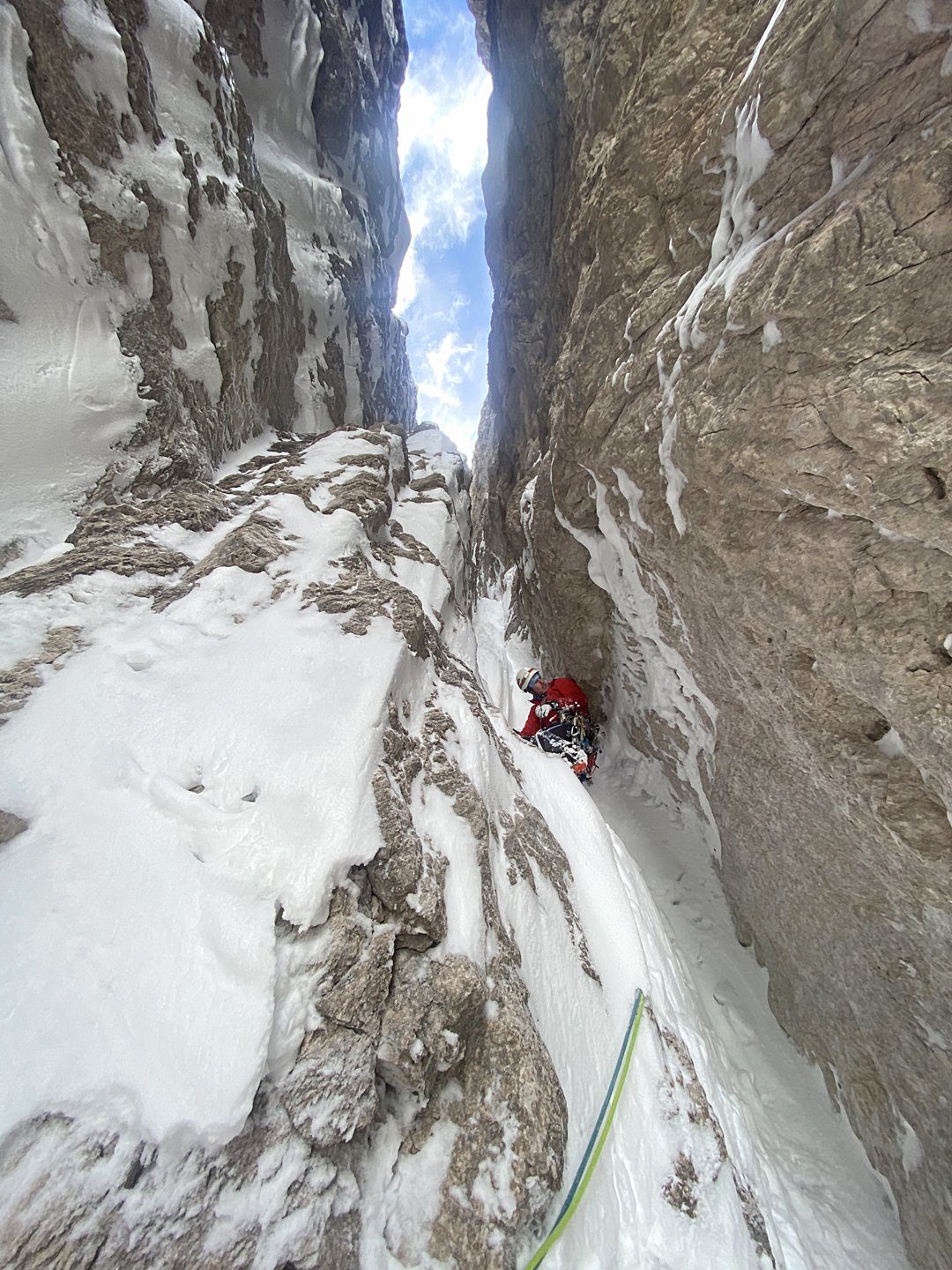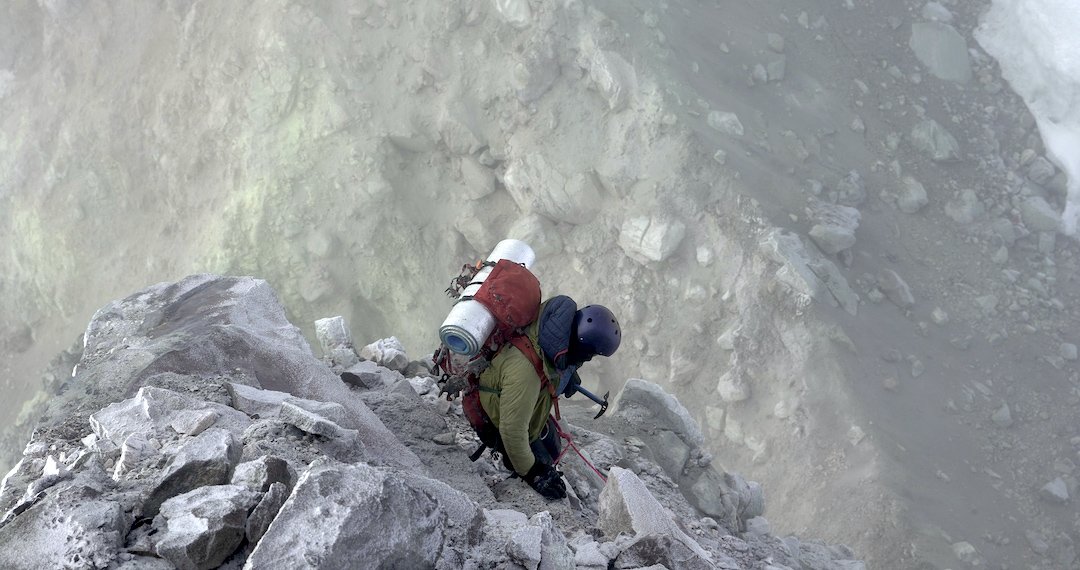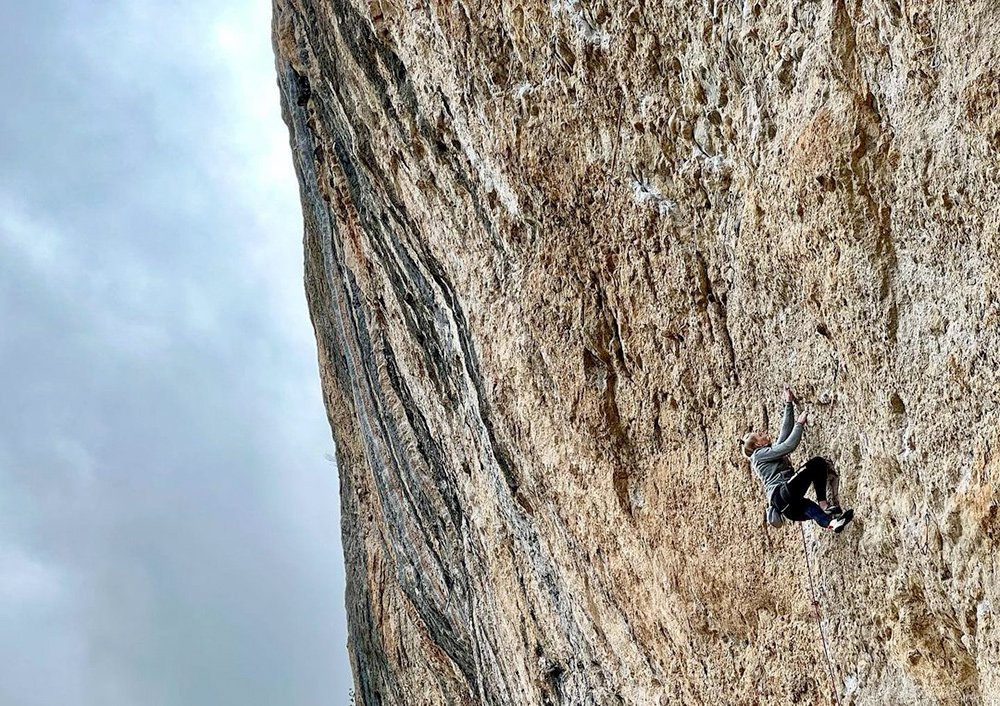“The next fifteen days I lay on the slick mattress of a hospital bed, intermittently conscious, asleep, exhausted, confused, and occasionally keenly aware that I had a long recovery ahead. I spent the next several weeks mulling over the events of December 14th. ‘How could I be so stupid?’ I wondered again and again. I beat myself up, apologized to my friends, family, and the staff at the climbing gym. I could not believe I would climb to the top of a route without clipping in. It seemed impossible.
“My friends reassured me. ‘It was an accident, man. It happens.’ A surprising number of people had similar stories of friends who took big falls on auto belays. I googled it and found a number of gym related accident reports.”
Analysis
Herzog writes, “I’ve been a paramedic for 22 years and a nurse for 14. In the medical field we refer to the ‘Swiss Cheese Model’ of medical errors. All the holes line up and boom, somebody dies. My accident was a perfect storm of mistakes that coincided with catastrophic results. They are listed here in the interest of preventing other climbers from falling into the same trap:
1. Hubris: I am not an expert climber. But I am an elite whitewater kayaker. I have been padding for over thirty years. The morning of my fall I paddled the Green River at high water. Once off the Green, I thought my risk exposure was over for the day. I didn’t treat the gym with the same respect I brought to the river. I should have.
2. Heuristics: Heuristics are mental shortcuts. They help us navigate our daily lives and can be useful or harmful. In my mind, “outside = dangerous, inside = safe.” When I climbed outdoors, I neurotically practiced setting up belays, cleaning routes, and rappelling before heading out. But I saw the gym as contrived, manufactured, and fake. A fifty-foot wall is a fifty-foot wall. It doesn’t matter if there are four walls and a ceiling around it.
3. Inattention: I don’t bring my phone to the climbing wall so that I am not distracted. But the day I fell, I was preparing for a paramedic recertification exam. I studied a book between routes. I wonder if that distraction contributed to my fall.
4. Deviation: I have a system I usually stick to religiously. I climb a route, unclip, walk away, and take 5-10 minutes to rest before I approach the wall again. Before I fell, I climbed halfway up a route and dropped back down to the ground. I unclipped but instead of walking away, I immediately got back on the wall. The small deviation from my normal routine removed the visual cues that usually lead to me clipping into my harness. I am 6’4” so when standing right next to the wall, my line of sight is well above the gate.
5. Redundancy: I was climbing alone so there was no one to double check my system. In top rope and lead belay we constantly check each other’s knots. But on the auto belay it’s up to the climber to double check his or her system. In my haste I neglected to check anything.
6. Focus: The route I was on was a white (marked) 5.10. That grade is the upper limit of what I climb. Because I was at the edge of my ability, I was ultra-focused on the route and holds. That is why I didn’t notice the rope was not retracting as I climbed. Had I been on an easier route I suspect I would have been more attentive.

